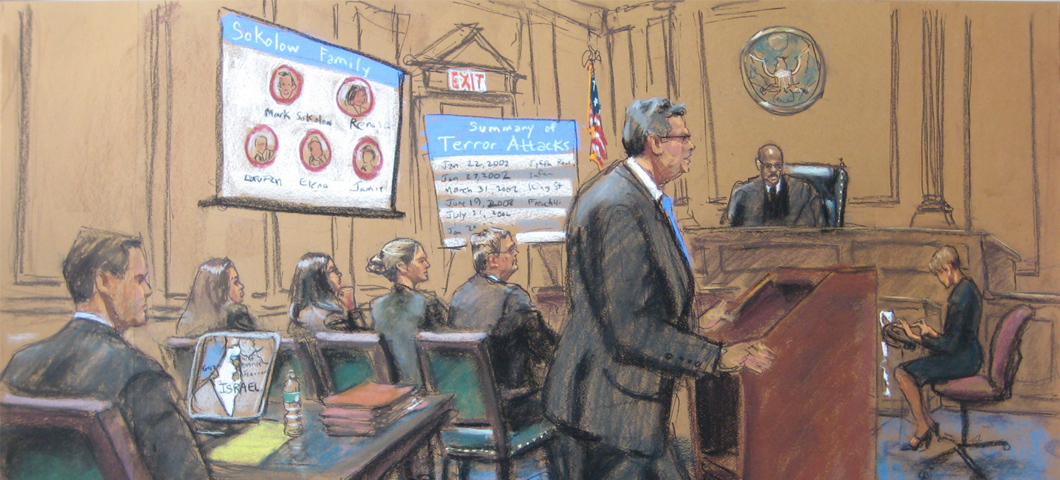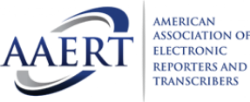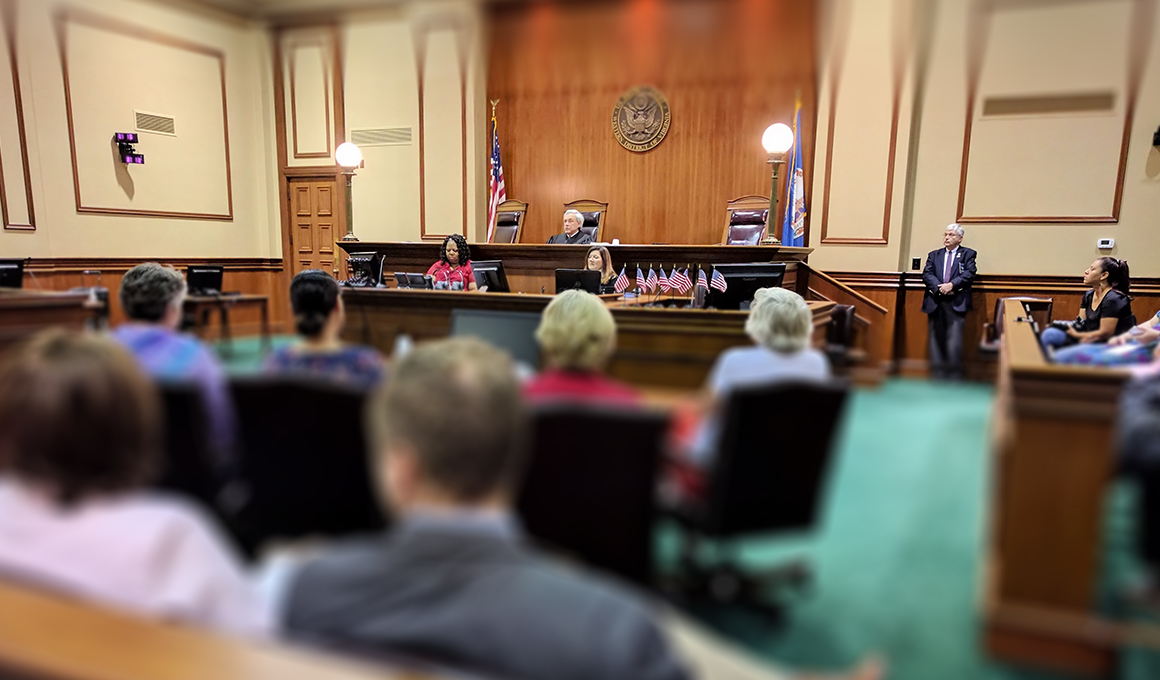How Trial Presentations Help Attorneys Effectively Convey Legal Arguments
How Trial Presentations Help Attorneys Effectively Convey Legal Arguments
Blog Article
The Power of Visuals in Trial Presentations for a Winning Debate
The integration of visuals in trial discussions has emerged as an essential aspect in properly communicating complex disagreements to jurors. By using various forms of aesthetic aids-- be it diagrams, pictures, or animations-- attorneys can improve understanding and retention, inevitably forming the jury's perception of the instance.
Value of Visuals in Trials
In many legal settings, visuals play an important function in boosting the effectiveness of test discussions. The assimilation of visual aspects can considerably influence jurors' understanding and retention of complex information, therefore forming their assumptions and decisions. Visuals, such as charts, representations, and photographs, can streamline elaborate stories, making them extra obtainable and compelling.
Moreover, the human mind processes aesthetic info a lot more efficiently than text, which highlights the significance of including visuals right into lawful disagreements. By translating dense legal principles into aesthetic styles, lawyers can assist in more clear interaction, making certain that bottom lines are not ignored during tests.
Additionally, visuals offer to involve jurors on a psychological level, promoting a connection to the case that words alone might fail to achieve. The calculated use visuals can evoke compassion, prompting jurors to think about the human aspects of the case.
Inevitably, the significance of visuals in tests exists in their capability to boost clearness, boost juror engagement, and reinforce the narrative existing. This potent mix is vital for crafting convincing disagreements that reverberate with jurors and influence the outcome of legal proceedings.
Kinds of Visuals to Make Use Of
Efficient trial discussions can substantially benefit from a variety of visual devices that accommodate different elements of the situation. trial presentations. Making use of representations and charts can properly break down complex information, making it more digestible for jurors. As an example, flowcharts can show the sequence of events, while bar chart might succinctly compare relevant information factors.

Animations and simulations can likewise play an essential function, especially in instances including technical information or elaborate scenarios. These visuals can dynamically stand for processes or actions, supplying clarity and involvement that static images might not achieve.
In addition, infographics incorporate text and visuals to summarize crucial details properly. They can present timelines, data, and significant situation factors in an aesthetically appealing manner, making it simpler for jurors why not try this out to adhere to the disagreement.
Enhancing Understanding and Retention

Enhancing understanding and retention throughout trial discussions is important for making sure that jurors realize the essential components of a case. Visual help serve as powerful tools in this respect, translating intricate info right into conveniently absorbable formats. By utilizing charts, layouts, and infographics, attorneys can streamline elaborate information and emphasize essential points that may or else be forgotten.
Studies have shown that people preserve info considerably better when it is offered aesthetically. This is especially pertinent in a test setting, where jurors might be overwhelmed by the quantity of evidence and statement. By tactically integrating visuals, lawyers can guide jurors' focus to one of the most crucial facets of the situation, strengthening their understanding and memory of the product offered.

Producing Involving Discussions
Fascinating jurors' attention during test discussions is essential for communicating a compelling story. Involving discussions utilize aesthetic elements to develop a remarkable experience that reverberates with jurors. The calculated use of graphics, computer animations, and videos can illuminate intricate info, making it more accessible and relatable.

Additionally, incorporating storytelling techniques can boost involvement. Providing evidence in a logical sequence that develops sob story enables jurors to get in touch with the material on an individual degree. Numerous discussion layouts, such as integrating short video or interactive components, can likewise endure rate of interest and focus throughout the test.
Inevitably, an engaging discussion cultivates an extra profound understanding of the case, allowing jurors to better appreciate the arguments existing and bring about a much more positive result.
Study and Success Stories
Various study highlight the considerable impact of visuals in trial presentations, demonstrating their capability to influence juror perceptions and inevitably the results of her explanation instances. As an example, a notable situation entailing an individual injury insurance claim illustrated how using a 3D animation of the crash scene clarified complex details. Jurors reported feeling even more educated and empathetic, considerably guiding their decision for the plaintiff.
In another instance, a corporate litigation case used infographics to present monetary information and timelines, making complex info obtainable. The aesthetic depiction allowed jurors to grasp the subtleties of the situation better than spoken explanations alone. trial presentations. Therefore, the jury returned a decision that exceeded the client's expectations
The engaging visuals not just aided in developing uncertainty however also reverberated psychologically with jurors, leading to an acquittal. These success stories highlight the requirement of incorporating visuals into trial discussions, as they enhance understanding, retention, and inevitably, the convincing power of legal arguments.
Verdict
In verdict, the strategic consolidation of visuals in test discussions substantially enhances jurors' comprehension and retention of complex details. Involving presentations, sustained by engaging case researches, demonstrate the profound impact that visuals can have on persuasive communication.
Report this page